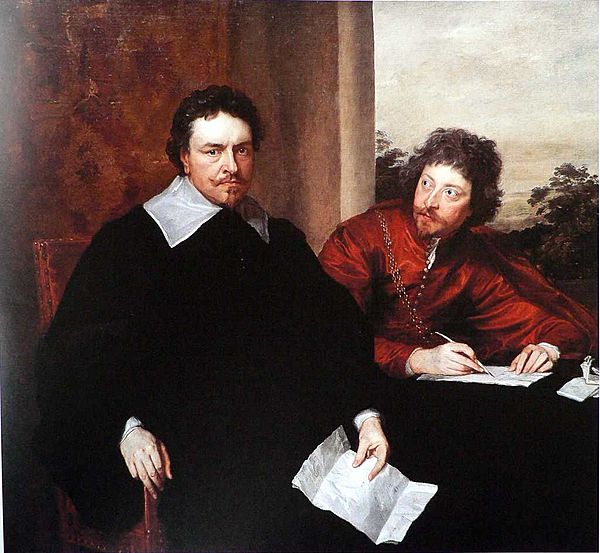2nd Irish Parliament of King Charles I facts for kids
The Parliament 1640–1649 was an important meeting of leaders in Ireland during the time of King Charles I of England. It was also known as the Parliament 1639–1648 if you use an older way of counting years. This was the second Irish Parliament called by King Charles I. It helped vote for taxes in 1640, but then a big event called the Irish Rebellion of 1641 happened, which changed everything. The Parliament officially ended when the King died in 1649.
Contents
Why the Parliament Met
This Parliament was called by the Earl of Strafford, who was the King's main representative in Ireland, known as the Lord Lieutenant of Ireland. King Charles I needed money and soldiers to fight against the Scots in a conflict called the Second Bishops' War. So, the main reason for this Parliament was to get approval for new taxes.
What Happened in Parliament
First Meeting
The Parliament started on 16 March 1640. Christopher Wandesford, who was helping Lord Lieutenant Strafford, officially opened it. On the same day, the members chose Sir Maurice Eustace to be their speaker. Strafford himself arrived two days later.
The Parliament members quickly agreed to give the King four "subsidies," which were payments of £45,000. This money was meant to create an Irish army of 9,000 soldiers for the King's war against the Scots. On 31 March, Strafford paused the Parliament until June. He then left Ireland on 3 April 1640.
Second Meeting
The second meeting of Parliament began on 1 June, led by Lord Deputy Wandesford. News arrived from England that the English Parliament had refused to give the King money. This made the Irish members regret their decision to vote for taxes. They wanted to change how the taxes would be collected. After two weeks of talks that didn't lead anywhere, Wandesford paused the Parliament again on 17 June.
Third Meeting
Parliament met again on 1 October 1640 for its third meeting. The House of Commons, which represented the common people, created a group to look into complaints. This group wrote a "remonstrance," which was a formal complaint against Strafford. The House of Commons approved this complaint.
Wandesford paused Parliament on 12 November. This was just one day after Strafford was formally accused of wrongdoing in England by the English Parliament. A group of 13 Irish members traveled to London to give their complaint to the King. Some members of the Irish House of Lords also sent their own complaints to London.
Fourth Meeting
The Irish Parliament started its fourth meeting on 26 January 1641. Lord Deputy Wandesford had passed away, so two officials, Parsons and Borlase, were in charge. The main complaint from the Lords was that Strafford had made them pay too much in taxes.
During this time, one of the Lords' delegates, Muskerry, died in London. His son, Charles MacCarty, took his place. The Parliament was paused again on 6 March.
Fifth Meeting
Parliament met for its fifth session on 11 May 1641. Catholic members tried to accuse two officials, Loftus and Ranelagh, of wrongdoing, but they were not successful.
End of Parliament
In June 1642, two members, Sir Robert Lynch and Redmond Roche, were removed from Parliament because they had joined the rebels. Other members likely faced the same situation.
The Parliament stopped holding meetings in 1647. This happened when Marquess of Ormond gave control of Dublin to the King's opponents, known as the Parliamentarians. However, King Charles I never officially ended the Parliament.
Legally, the Parliament was considered dissolved when King Charles I was executed in 1649.
See also
- List of Acts of the Parliament of Ireland to 1700
- List of Irish MPs 1639–1649
- List of parliaments of Ireland


